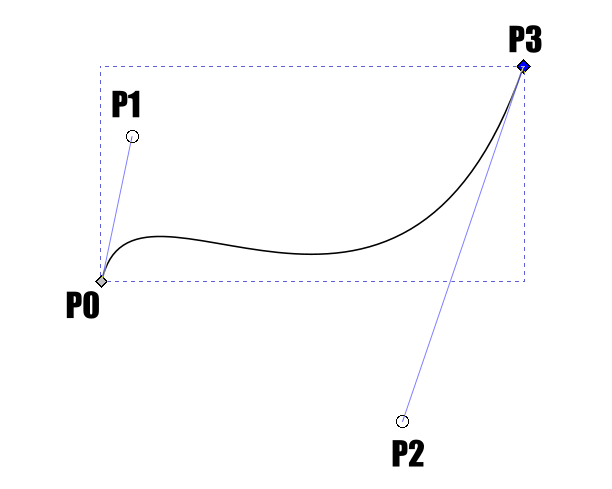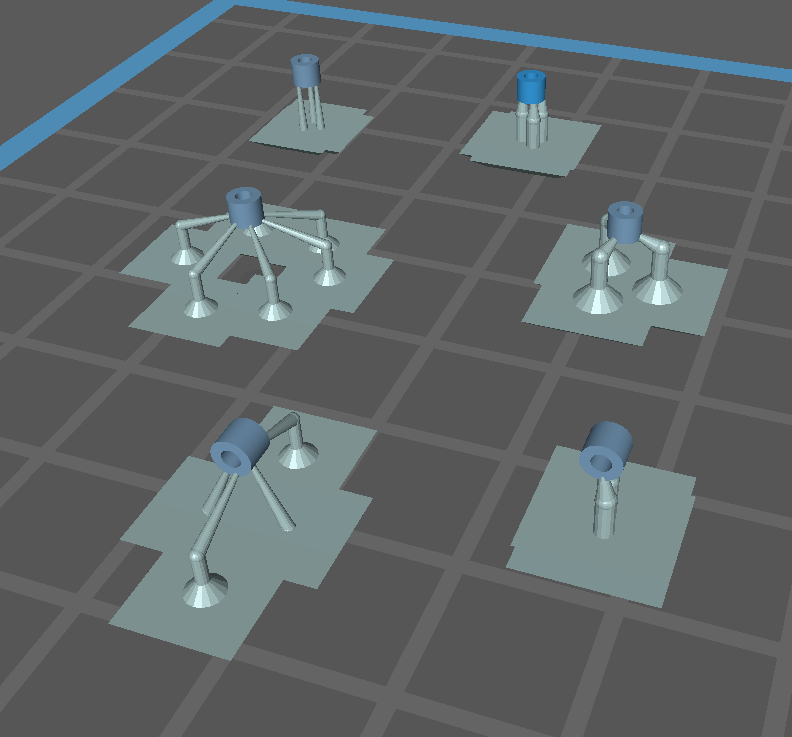Curves

There are broadly two types of curves in Blender. If you create a cylinder, sphere or circle you will get an approximate curve that is made up of numerous straight lines. I am not interested in that here. You can also do real curves, of which there are various types, and that is the subject of this post. Spline This is a generic term for a curve. Splines in design pre-date computers; they were originally strips of wood that were constrained by pegs, and naturally assuming the least strained curve. Historically, they were used to design boats and aircraft. In the context of computers, a spline is a series of joined curves. The points where they join are called knots, and the points you move to charge a individual curve are called control points. Bezier Curve A Bezier curve is defined by a number of control points, the first and last being the start and end of the curve. If there are no further points, you have a straight line. In all the applications I have seen, the Bezier curve has t

